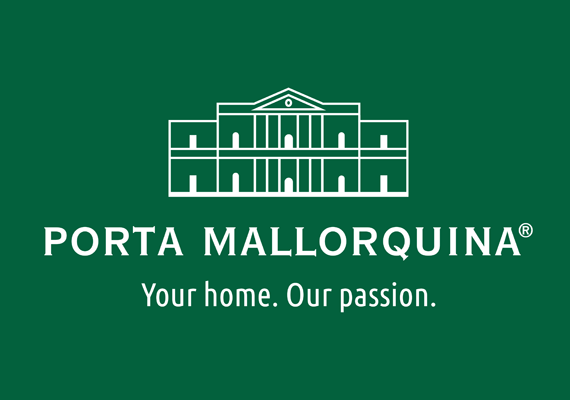Mallorca is not only enticing with breathtaking beaches and crystal-clear water and is much more than sun and tourist magnets, but also appeals with a rich cultural tradition.
The island reveals its authentic face in winter – quiet, charming and full of life. During these winter months, visitors and locals alike experience the island’s living heritage while celebrating the festivals of Sant Antoni and Sant Sebastian in January.
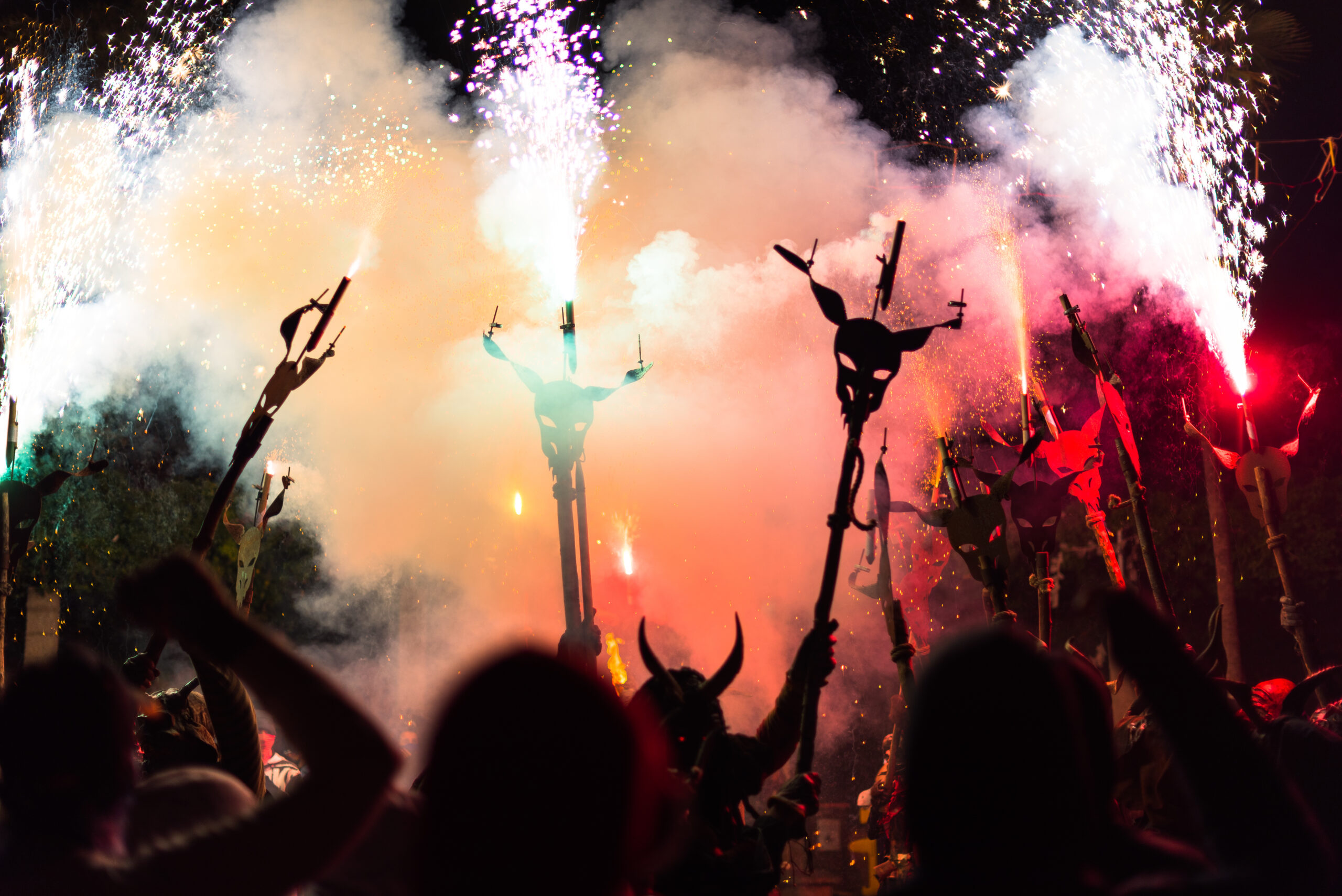
All hell breaks loose in Palma during San Sebastián
The island celebrates its saints, Sant Sebastià and Sant Antoni, with music, dancing and lavish public barbecues.
The Saints and the devils
Two important saints are celebrated in January: On the bewitched night before Saint Antonio’s name day, all hell breaks loose in the truest sense of the word: on 16 January, bonfires are lit in many places, barbecues with “sobrassada” and “botifarra” sausages are distributed from the town halls and plenty of warming red wine is served.
People gather around them to feel the warmth and enjoy the crackling flames. These fire rituals symbolise the battle between light and darkness, tradition and modernity.
A popular festival, which is particularly popular in villages such as Muró, Sa Pobla or Algaida: at midnight, the devils called “dimonis” dance to a spectacular firework display. This “devil’s dance” is supposed to drive away the evil spirits and in many villages this old tradition is practised with fervour.
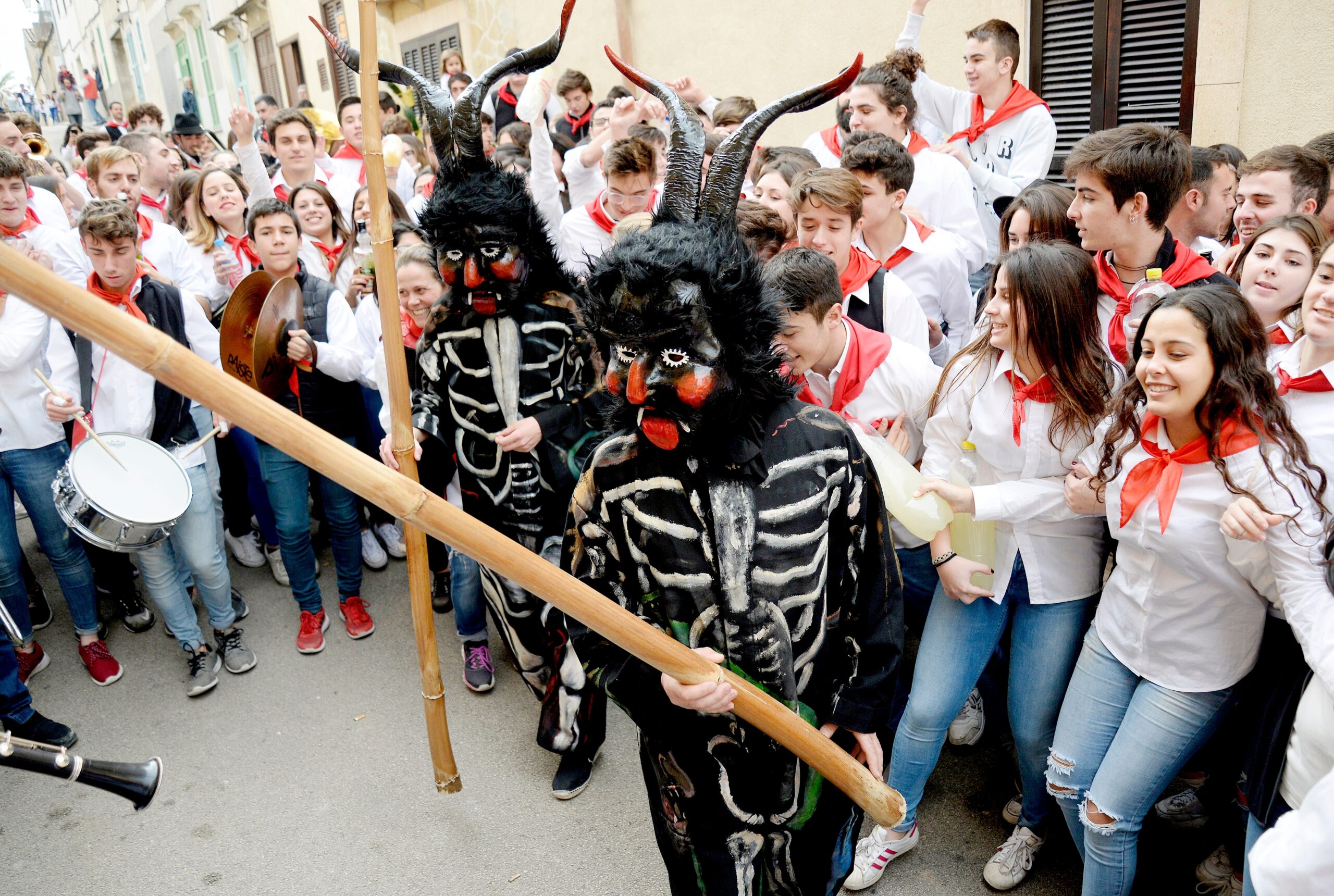
They are proud to wear a wide variety of devil costumes and masks. It’s always unbelievable how loud the otherwise rather quiet islanders get: anyone who ventures close to this “devilish” firework spectacle should definitely wear fireproof clothing!
The following day, pets – dogs, cats, but also sheep and guinea pigs – are blessed in front of many village churches, as St Anthony is the patron saint of animals.
The inhabitants of Mallorca gather in the streets to marvel at the impressive parade of horses, donkeys and other animals. These animals are festively decorated and presented by their proud owners. The festival commemorates the importance of animals in the island’s agricultural history and honours Sant Antoni as the protector of the four-legged companions.
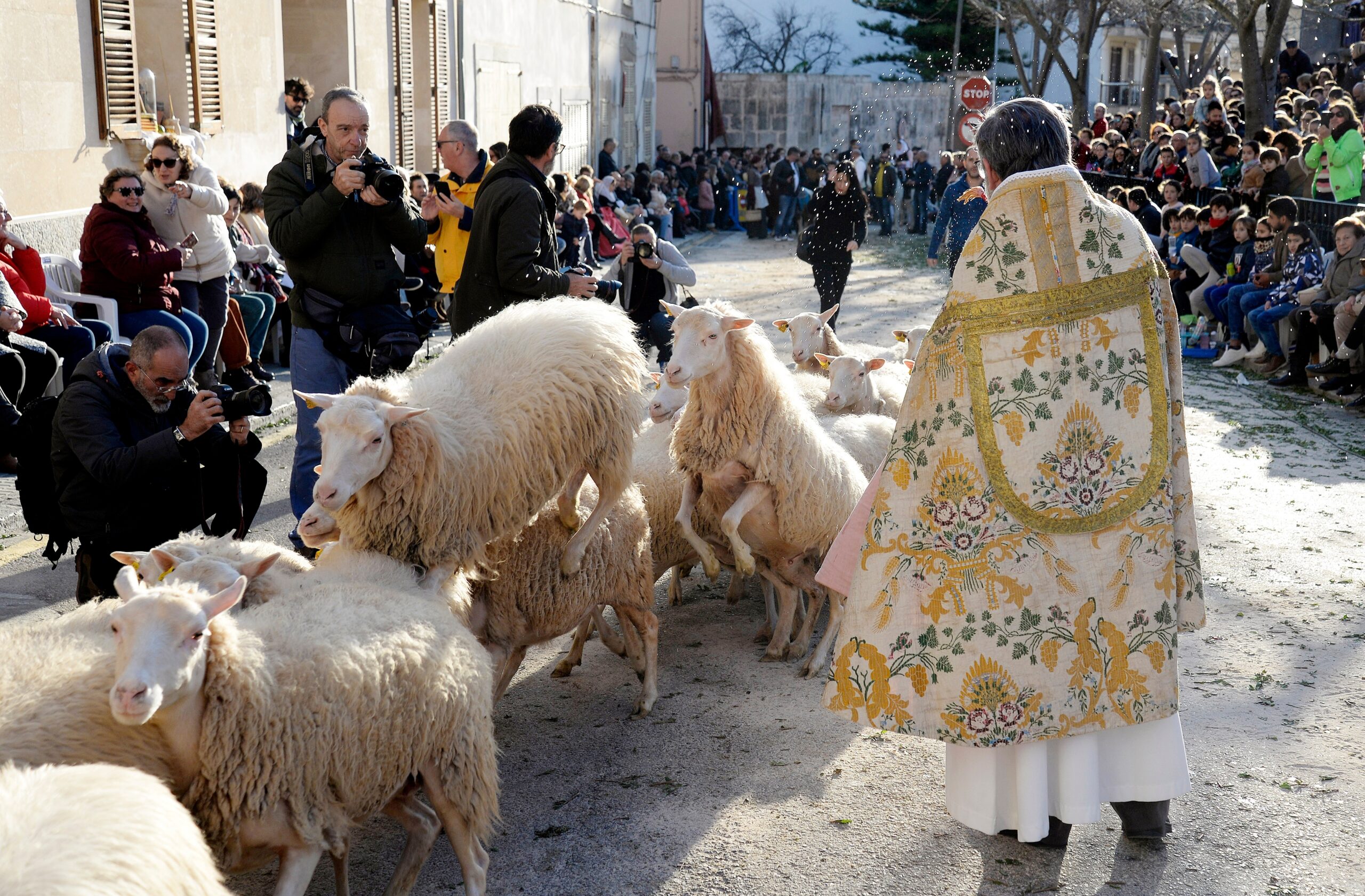
The animal consecration in Sant Antoni is a spectacle for young and old alike
Palma becomes an open-air stage
And it continues briskly this month: the name day of Saint Sebastian is celebrated on 20 January: The patron saint of Palma is said to have freed the city from the plague in the 16th century.
On 11 January, a new tradition will be introduced in honour of Sant Sebastià: Día de la Peste. The celebration commemorates a legend from the 16th century, when a relic of the saint is said to have saved Palma from a plague.
Programme:
- 5:00 p.m.: Opening in Plaza de Cort
- 5:30 p.m.: Procession through the city
- 18:00: Arrival at Plaza Llorenç Bisbal and transfer of the relics
Afterwards, live music and a festive atmosphere with Meneo and Will DC will ensure a successful conclusion.
This initiative of the Obreria de Sant Sebastià combines history, faith and celebration. Dressed all in black and with a handkerchief in your pocket, everyone can become part of this new tradition.
The highlight of the Sant Sebastian festival is undoubtedly the impressive procession through the historic old town of Palma. The statue of St Sebastian is carried through the narrow streets in a solemn ceremony, accompanied by devout followers and festively decorated floats. The crowds cheer and sing as the procession makes its way through the city.
Simultaneous concerts with a wide variety of musical styles – from rock to Mallorcan folklore to flamenco – provide winter fun until the early hours of the morning in Plaça Cort and other squares in the city centre, such as Sant Francesc and Plaça Major.
Not only the whole of Palma is on its feet, but revellers come from all corners of the island. This festival is a multi-day spectacle with street barbecues called “torrats”, the well-known devil dances, the biggest fireworks display of the year “aiguafoc” on the Paseo Marítimo, and the awarding of Palma’s most important prize for literature, architecture and painting. Every year, Palma Town Hall publishes a programme brochure with the week-long activities.
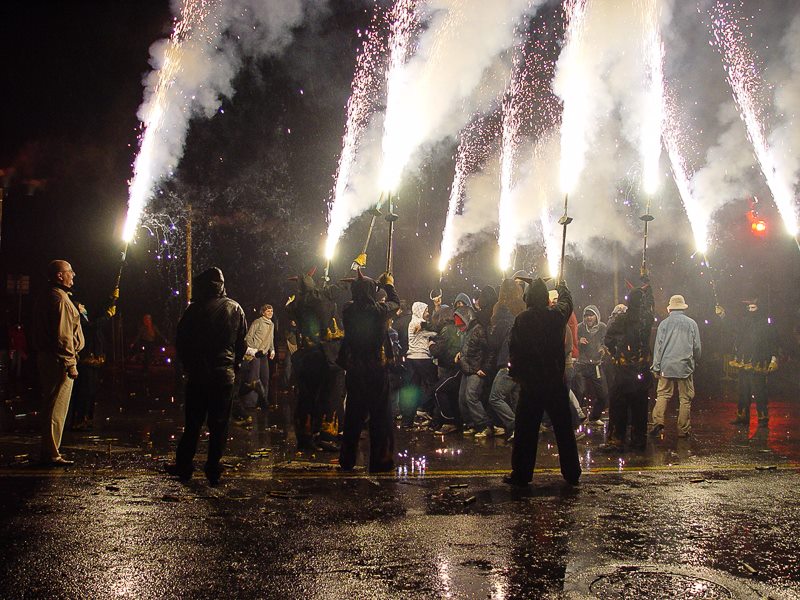
Celebrations during Sant Sebastian
The festivities in honour of San Sebastián end on 25 January with a grand final concert.
These traditional festivals of Sant Antoni and Sant Sebastian are not only religious events, but also an expression of the deep connection between the people of Mallorca and their culture and history. Visitors have the unique opportunity to immerse themselves in the lively atmosphere, experience local customs and feel the warm hospitality of the locals.
For those visiting Mallorca in winter, the festivals of Sant Antoni and Sant Sebastian offer a unique opportunity to get to know the island from a different, authentic side. From the colourful animal parades to the rousing musical performances, these fiestas promise unforgettable experiences and help you enjoy Mallorca’s rich culture to the full.
